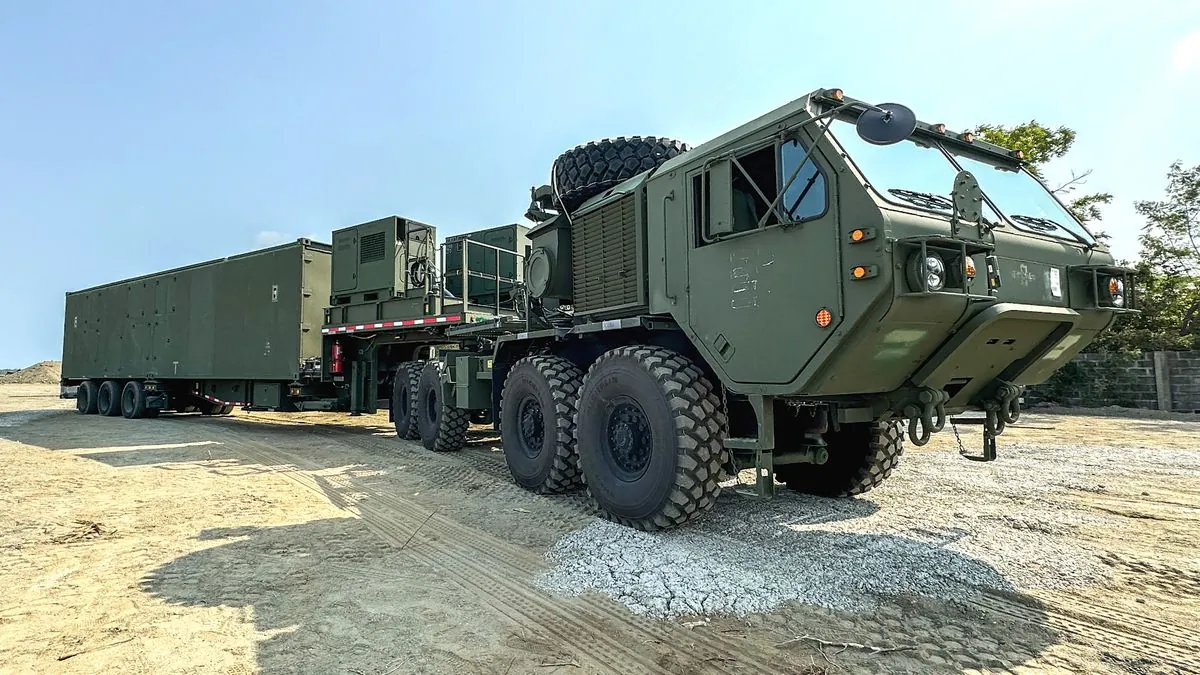Biden Hints at Possible Shift in U.S. Policy on Long-Range Weapons for Ukraine
President Biden suggests potential changes to restrictions on Ukraine's use of long-range weapons. The U.S. is reportedly nearing an agreement, but technical issues may delay shipment by several months.

On September 10, 2024, President Joe Biden addressed the possibility of lifting restrictions on Ukraine's use of long-range weapons in its ongoing conflict with Russia. When questioned about this potential policy shift, Biden stated that his administration was "working that out now," indicating a possible change in the U.S. stance on providing advanced weaponry to Ukraine.
The United States has historically been cautious about supplying or approving the use of weapons capable of striking deep within Russian territory. This reluctance stems from concerns that such actions could lead to an escalation of the conflict, which began on February 24, 2022, marking the largest refugee crisis in Europe since World War II.
Other allied nations have provided weapons to Ukraine but with strict limitations on their use within Russian borders. These restrictions are in place to mitigate the risk of retaliation that could potentially draw NATO countries into the conflict or provoke a nuclear confrontation. It's worth noting that Russia possesses the world's largest nuclear arsenal, adding to the complexity of the situation.

Sources close to the matter informed Reuters last week that the U.S. was nearing an agreement to provide Ukraine with long-range weapons. However, the actual delivery of these systems may be delayed by several months due to technical issues that need to be addressed before any shipment can take place.
The potential provision of long-range weapons, such as the Army Tactical Missile System (ATACMS) with a range of up to 300 km, could significantly impact the dynamics of the conflict. Since the war began, the U.S. has provided over $40 billion in military aid to Ukraine, demonstrating its commitment to supporting the country's defense efforts.
This development comes against the backdrop of a complex historical context. The roots of the Russo-Ukrainian War can be traced back to 2014 with the annexation of Crimea, despite the Budapest Memorandum of 1994 providing security assurances to Ukraine in exchange for relinquishing its nuclear weapons. The international community has consistently condemned Russia's actions, with the United Nations General Assembly passing multiple resolutions and the International Criminal Court issuing an arrest warrant for Russian President Vladimir Putin.
As the largest contributor to NATO's budget, the United States plays a crucial role in shaping the alliance's response to the ongoing crisis. Ukraine's application for NATO membership in September 2022 further underscores the strategic importance of the region and the potential implications of providing advanced weaponry.
The Biden administration's deliberations on lifting restrictions on long-range weapons reflect the delicate balance between supporting Ukraine's defense capabilities and avoiding actions that could lead to a wider conflict. As technical issues are addressed and diplomatic considerations are weighed, the coming months may prove critical in determining the future course of U.S. military assistance to Ukraine.


































